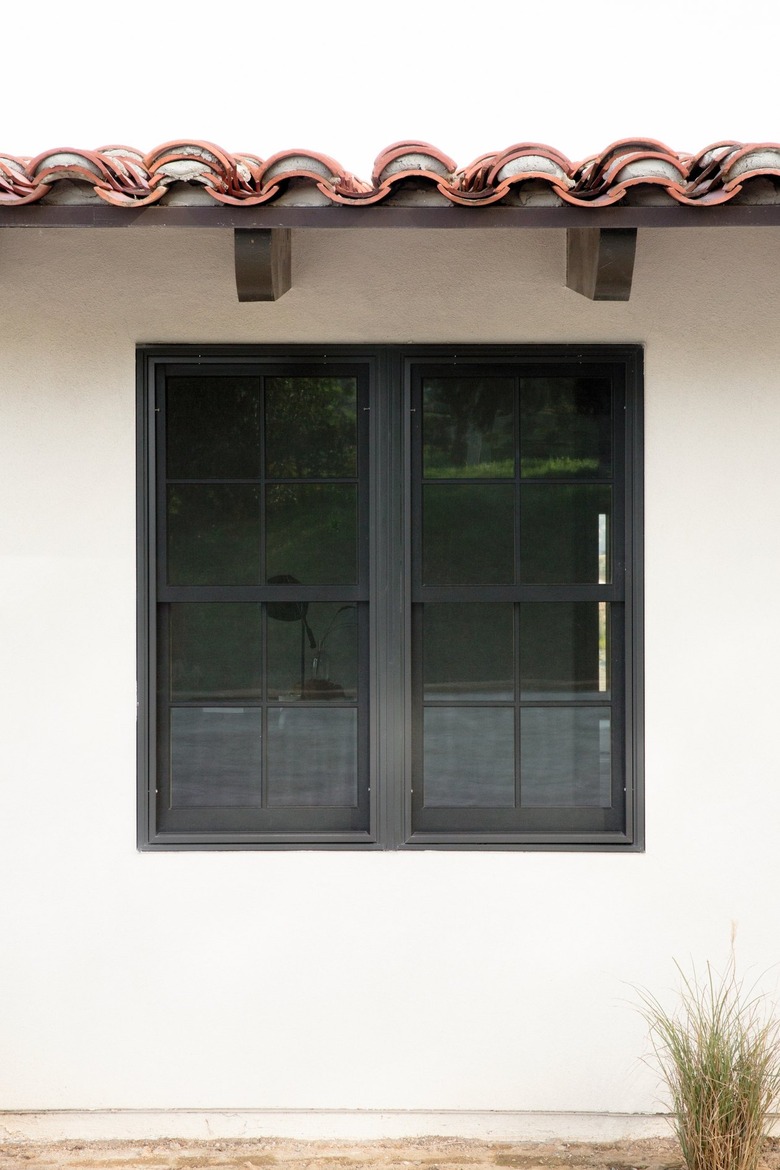How A Vinyl Window With Weep Holes Works
We may receive a commission on purchases made from links.
Your windows might not be the most exciting part of your house, but they're essential for ventilation, cooling, and protection from the elements. Whether you're buying new vinyl windows or want to better understand your existing windows, figuring out how the weep holes work is an important part of home maintenance. Weep holes occasionally need a little care to make sure they work properly.
What Are Weep Holes?
What Are Weep Holes?
The purpose of weep holes is to let water drain out of your windows, which is important since they're subject not only to rain but also hose sprays when you clean your windows, sprinklers, and even stray water balloons or water guns when your kids play outside. Weep holes give that water an easy path out of the window to prevent water issues.
If your windows have them, you'll find the weep holes on the exterior frame of your windows along the bottom. They look like a small slot with a little flap over them. If you have a brick home, it should also have weep holes in the brick for a similar reason: to give water that's behind the brick a way to escape.
How Do Weep Holes Work?
How Do Weep Holes Work?
If water gets into your window, it naturally runs down toward the bottom edge. Gravity helps the water keep moving down through the weep holes and out of the window instead of trapping it in the frame where it can cause mold, rot, or other water damage. The water runs out the weep hole, pushing open the flap as it goes. The flap blocks wind when there's no water going through the weep holes.
Do You Need Weep Holes?
Do You Need Weep Holes?
Not all vinyl windows have weep holes, nor are they a requirement. However, they can be beneficial since they help keep your windows dry. If your windows trap lots of moisture or standing water inside them, they can become moldy or cause mold to grow in other areas near the windows. The water can also cause structural damage. If you're getting new vinyl replacement windows, talk with your salesperson to choose the best windows for your home, with or without weep holes.
How to Maintain Weep Holes
How to Maintain Weep Holes
Even though water flows through weep holes, they can still get clogged. Dirt and other outdoor debris can get into the weep holes and block the path. It's a good idea to inspect all window weep holes yearly or more often if they tend to get clogged. When you do your regular window cleaning, use a toothpick, flat-head screwdriver, wire, or brush to clean the gunk out of the weep holes. Then pour a little water through the holes to make sure they're working properly.
